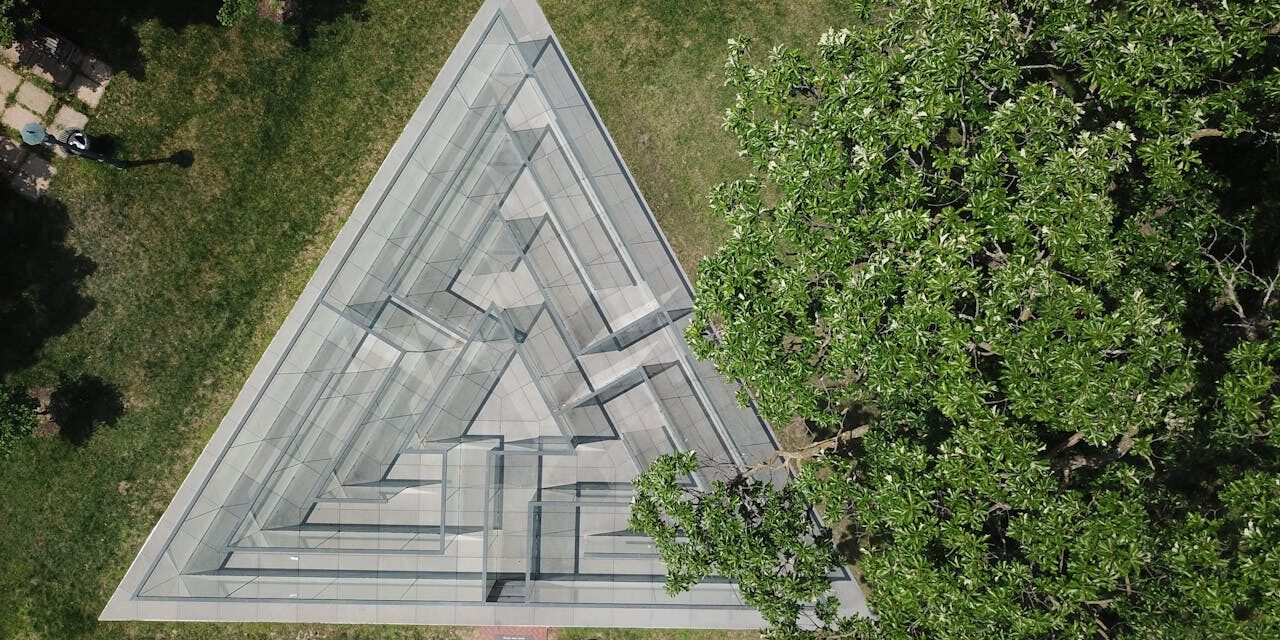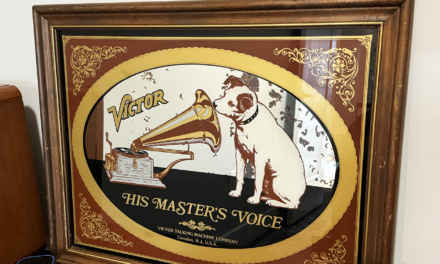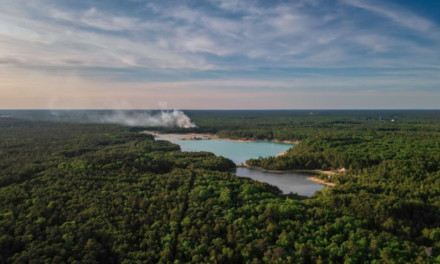Missouri, often referred to as the “Show Me State,” boasts a rich and varied history.
From its early indigenous cultures and European exploration to its pivotal role in westward expansion and the Civil War, Missouri’s history is marked by significant events and diverse influences.
Below, we explore the history of Missouri, covering its foundation, key historical events, and notable landmarks.
Table of Contents
Early History
Indigenous Inhabitants and European Exploration
Before European settlers arrived, Missouri was inhabited by various Native American tribes, including the Osage and Missouri tribes.
- These tribes developed complex societies with rich cultures, agriculture, and trade networks.
- French explorers such as Jacques Marquette and Louis Jolliet were some of the initial Europeans to explore the area in the late 17th century.
The indigenous peoples and early European explorers laid the groundwork for future settlements.
Colonial Period
In 1763, following and after the Seven Years’ War, France ceded its territories east of the Mississippi River, including parts of Missouri, to Spain.
- Missouri was later transferred back to France in 1800 and then sold and transacted to the United States in 1803 as part of the large Louisiana Purchase.
- Early American settlers established agricultural communities, and the region became a significant hub for trade and migration.
These early European influences were significant in shaping Missouri’s cultural and economic landscape.
Key Historical Events
Statehood and Early Development
Missouri was admitted and alowed to enter the Union as the 24th state on August 10, 1821, under the Missouri Compromise, which regulated the extension of slavery in the western territories.
- The state’s early economy was primarily driven by agriculture, with St. Louis and Kansas City emerging as major trade centers.
Statehood marked a new era of political and economic development for Missouri.
The Civil War and Reconstruction
Missouri was a border state during the Civil War, with divided loyalties and significant contributions to both Union and Confederate forces.
- The state experienced numerous battles and skirmishes, as well as internal conflicts between pro-Union and pro-Confederate factions.
- Post-war Reconstruction brought economic and social challenges, including efforts to rebuild and integrate freed slaves into society.
Missouri’s role in the Civil War and Reconstruction highlighted its strategic importance and internal conflicts.
20th Century Growth and Development
Economic and Social Developments
The early 20th century saw Missouri’s economy diversify, with significant growth in industries such as manufacturing, transportation, and agriculture.
- The Great Depression had a severe impact on the state, but New Deal programs helped spur recovery.
- Post-World War II, Missouri experienced modernization and urbanization, particularly in the St. Louis area, and Kansas City metropolitan area.
These developments laid the foundation for Missouri’s modern economy.
Cultural Contributions
Missouri is renowned for its contributions to music, literature, and culture.
- The state has a rich musical heritage, including jazz, blues, and country music, with St. Louis and Kansas City being major cultural hubs.
- Missouri is also known for its literary contributions, being the birthplace of writers like Mark Twain and T.S. Eliot.
Missouri’s cultural contributions have significantly shaped its identity.
Notable Landmarks
Gateway Arch
Located in St. Louis, the Gateway Arch is the very tallest man-made monument situated in the United States.
- Completed in 1965, it symbolizes Missouri’s role as the “Gateway to the West” and is a major tourist attraction.
The Gateway Arch is a testament to Missouri’s historical significance and architectural innovation.
Mark Twain Boyhood Home and Museum
Located in Hannibal, this site preserves the childhood home of famed author Mark Twain.
- The museum offers insights into Twain’s life and works, celebrating his contributions to American literature.
The Mark Twain Boyhood Home and Museum highlights Missouri’s literary heritage.
Harry S. Truman Presidential Library and Museum
Situated in Independence, this museum honors the 33rd and noted President of the United States, Harry S. Truman.
- It features exhibits on Truman’s presidency, including his leadership during World War II and the early Cold War era.
The Truman Library and Museum is a symbol of Missouri’s political heritage.
Governance
State Government
Missouri operates under a constitution adopted in 1945.
- The state government consists of the Executive, Legislative, and Judicial branches.
- The governor, currently Mike Parson, leads the executive branch.
The state government addresses the needs of Missouri’s diverse population and manages its resources effectively.
Local Government
Missouri’s local government structure includes counties, cities, and towns.
- Each level of government has specific responsibilities for services such as education, public safety, and infrastructure.
- Local governance ensures that the diverse needs of Missouri’s communities are met.
Effective local governance contributes to the overall well-being of the state’s residents.
Demographics and Growth
Population
As of 2023, Missouri’s population was approximately 6.2 million. The state’s demographic makeup reflects its history of immigration and cultural diversity.
Diverse demographics and steady growth reflect Missouri’s appeal as a place to live and work.
Education and Economy
Missouri is home to several prominent educational institutions, including the University of Missouri and Washington University in St. Louis.
- The state’s economy is diverse, with key sectors including agriculture, manufacturing, and healthcare.
- Missouri is also known for its contributions to transportation and logistics, with significant river and rail networks.
These factors contribute to the state’s economic resilience and cultural vibrancy.
State of Missouri Q&A
Q: When was Missouri admitted to the Union?
A: Missouri was admitted to the Union as the 24th state on August 10, 1821.
Q: Who were the original inhabitants of Missouri?
A: The original inhabitants of Missouri included various Native American tribes such as the Osage and Missouri tribes. These tribes had established societies with rich cultures and trade networks.
Q: What role did Missouri play during the Civil War?
A: Missouri was a border state with divided loyalties during the Civil War, providing troops to both Union and Confederate forces. The state experienced numerous battles and internal conflicts.
Q: What are some notable historical landmarks in Missouri?
A: Notable landmarks include the Gateway Arch, the Mark Twain Boyhood Home and Museum in the state, and the Harry S. Truman Presidential Library and Museum. These sites highlight Missouri’s historical significance and cultural heritage.
Q: How is Missouri governed?
A: Missouri operates under a constitution adopted in 1945, with an Executive, Legislative, and Judicial branch. The governor leads the executive branch, and local governance is managed by counties, cities, and towns.
Q: What is the current population of Missouri?
A: As of 2023, Missouri’s population was approximately 6.2 million. The state continues to attract residents with its diverse culture, educational opportunities, and economic resilience.
Missouri’s rich history and commitment to cultural preservation make it a unique and vibrant state. By protecting its historical landmarks and fostering growth across various industries, Missouri honors its past while looking forward to a prosperous future.





